By Dianne Weyna, UC Master Gardener of Napa County
There are many flowering trees in Napa's Fuller Park, and this spring would be a good time to see them in bloom. Fuller Park was acquired by the City of Napa in 1905, and in 1919 it was named after the mayor involved in its acquisition, C.H. Jack Fuller. The park is home to over 60 species of trees and is an example of an arboretum or “tree zoo,” having both native and non-native species.
UC Master Gardeners advocate planting native plants because natives are adapted to our conditions, but Fuller Park's tree collection is a resource to appreciate and learn from. If you'd like to learn more about these trees, join the UC Master Gardeners of Napa County on one of their Guided Tree Walks in Fuller Park, held monthly from April through October, on the second Tuesday of each month. Space is limited so please register online. The Napa County Master Gardener website also has information on doing a self-guided tour of Fuller Park's trees. You'll find other tree resources on the website, including Trees to Know in Napa Valley by UC Master Gardeners, available for purchase online or from the Napa County Master Gardener office at 1710 Soscol Avenue, Suite 4, in Napa.
Here's a preview of what you'll see on the walking tour, starting at the corner of Oak Street and Seminary Street. There you'll find the Eastern redbud (Cercis canadensis), a deciduous tree that sports pink flowers in spring and heart-shaped leaves in summer. By autumn, the redbud has seed pods along its branches. It's a great street tree as it doesn't grow too large and the roots are not obtrusive.
I have a redbud tree, and it is full of buzzing bees in the spring. My tree grows straight up, not bent like the one in Fuller Park. The native Western redbud (Cercis occidentalis) is similar to the Eastern redbud. Both can be grown as shrubs or trees and have low water requirements.
The tallest tree native to the eastern U.S., at 191 feet, is a tulip tree (Liriodendron tulipifera) in the Great Smoky Mountains National Park in North Carolina. The one at Fuller Park is much younger and smaller. The tree is in the magnolia family, but its flowers are high in the canopy and not as conspicuous or aromatic as magnolia flowers. The tulip-shaped flowers are light yellow with an orange center. They produce large amounts of nectar in the spring and many seeds in the fall. I have one of these trees in my yard and often pull up seedlings. The leaves turn yellow in the fall and are described as goosefoot shaped.
Near the Laurel Street side of the park is the red horse-chestnut (Aesculus x carnea) a cross between a horse-chestnut (A. hippocastanum) and a red buckeye (A. pavia). The seeds are poisonous but were eaten by Native Americans after boiling them to leach the toxins. Flowers are bright red and fragrant, attractive to bees and hummingbirds. The California buckeye (A. californica), a small deciduous tree that also produces flowers, is common in Napa Valley.
The chitalpa (Chitalpa tashkentensis) was hybridized in 1964 in Tashkent, the capital of Uzbekistan, and brought to the U.S. in 1977. This tree is a cross between two U.S. native flowering trees, the Southern catalpa (Catalpa bignonioides) from the southeastern U.S. and the Southwestern desert willow (Chilopsis linearis). Flowers are light colored and fragrant. It is drought tolerant and can take full sun, but the bark can get sun scald.
The jacaranda (Jacaranda mimosifolia) is native to Argentina and Bolivia and is in the same family as the chitalpa and trumpet vines. It produces aromatic blue-lavender flowers and is common in Southern California and warmer areas worldwide. It is moderately drought tolerant. Although it grows fast in the tropics and is considered invasive in some areas, it is a slower grower in our climate. Jacaranda makes a good shade tree.
Another Eastern U.S. native growing at Fuller Park is the Washington hawthorne (Crataegus phaenopyrum). This tree produces clusters of white booms in the spring that are replaced with red berries in the fall. I personally do not like the smell of the blossoms but bees love it, and many species of birds like the berries. The attractive leaves are triangular and toothed, turning red in the fall. I have a Washington hawthorne as a street tree, where it works well.
On the corner of Oak and Jefferson Streets, notice the Dolgo crabapple (Malus x Dolgo), a variety brought from Siberia in the late 1800s. The soft pink, fragrant buds produce white flowers that are self pollinating. Because the blooms last for weeks, it is considered a universal pollinator, helping to pollinate other apple trees. The fruit is large for a crabapple and can be used for jellies and sauces or eaten fresh.
As mentioned, many of the Fuller Park trees are native to other areas. Napa doesn't provide the ideal environment for their optimal growth. When you plant new trees or shrubs, please consider our native insects and birds. They are in peril and rely on native plants for food and shelter.
Gardening with the Masters: Napa County Master Gardeners and Ole Health are presenting a gardening class on Saturday, March 19, from 10 a.m. to 1 p.m. at Ole Health's Garden at 300 Hartle Court in Napa. Space is limited. Register at https://bit.ly/3sxOpg9.
Got Garden Questions? Contact our Help Desk. The team is working remotely so please submit your questions through our diagnosis form, sending any photos to mastergardeners@countyofnapa.org or leave a detailed message at 707- 253-4143. A Master Gardener will get back to you by phone or email.
For more information visit https://napamg.ucanr.edu or find us on Facebook or Instagram, UC Master Gardeners of Napa County.
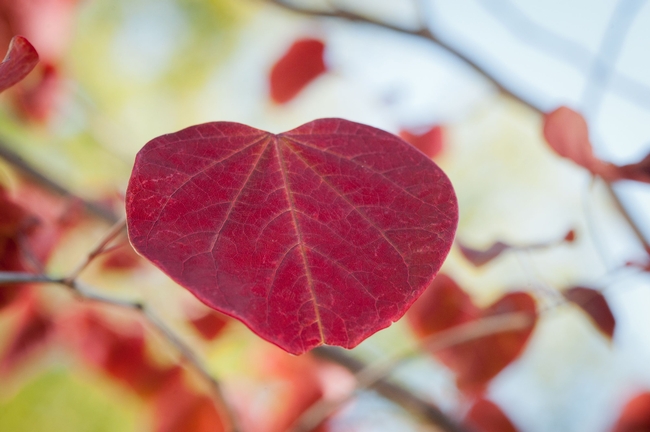

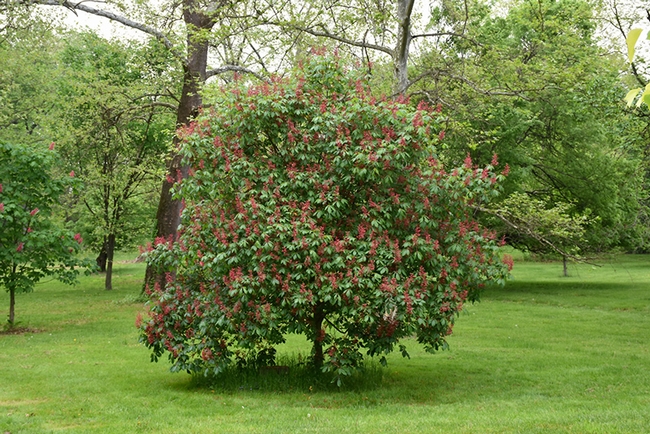

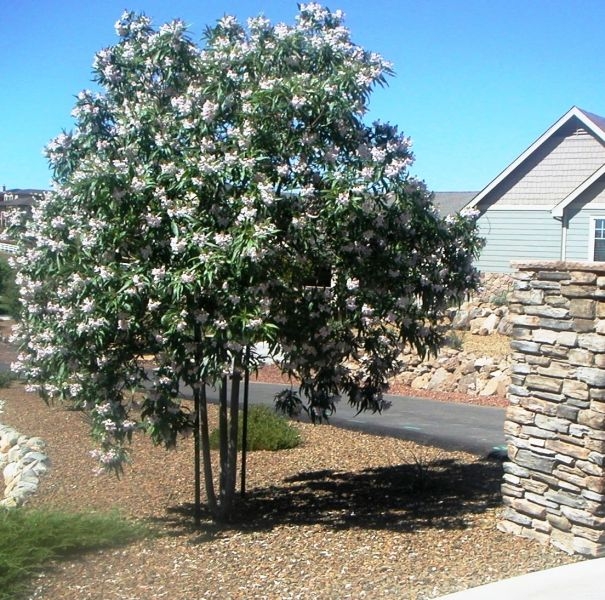
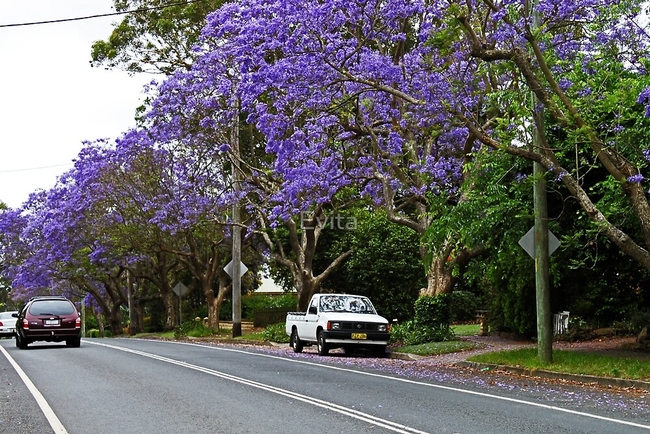
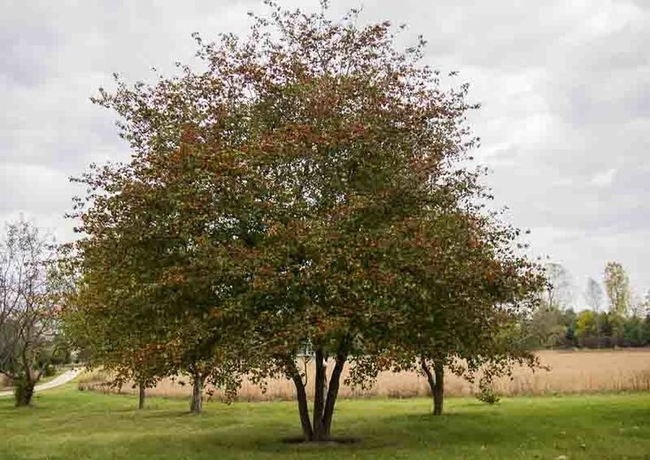
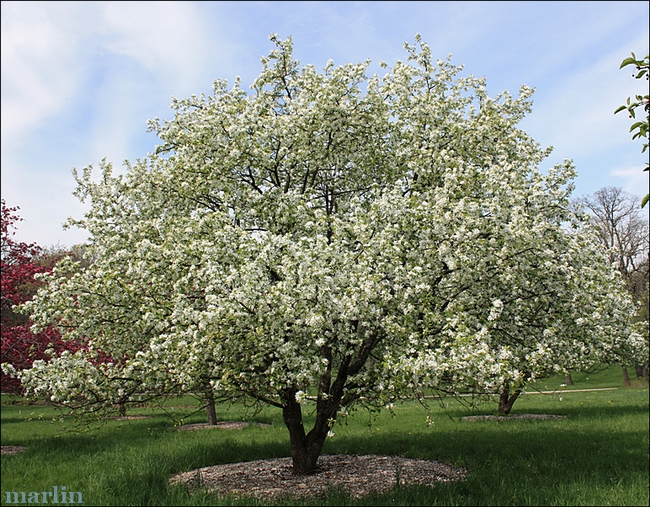
By T. Eric Nightingale, UC Master Gardener of Napa County
Fall is a wonderful time to be in the garden. The cooler air is reinvigorating after the long hot days of summer. Fall is also a perfect time to plant many California natives. Many have been dormant during the summer and will soon awaken and stretch their roots within the soil. These plants will grow through the wet days of winter, preparing to bloom brightly and beautifully in spring.
The soil itself seems to approve of fall planting. Once seemingly made of stone, the clay-heavy soils in our gardens will soon become manageable once again.
It is well known that native plants are hardy, often drought-tolerant options for our gardens. When considering California natives, it can be helpful to look at a more refined list of Napa Valley natives. We live in a large and ecologically diverse state, so focusing on local flora can make your gardening more successful. Napa Valley native plants include many hardy and beautiful choices, enough to provide for almost any garden need.
As winter approaches, many gardens lose much of their color. A great plant for color from summer through fall is California fuchsia (Epilobium canum). Its silver-green foliage provides an excellent backdrop for the bright orange-red flowers. It is a low shrub, sometimes prostrate, so it is ideal for bordering a walkway. California fuchsia spreads via seed and rhizomes, so you may end up with a splash of color where you hadn't planned it.
All through the winter we will be treated to the pink and white blooms of Stanford's manzanita (Arctostaphylos stanfordiana). This manzanita can be maintained as a shrub but will reach seven feet tall if allowed. Manzanita will not only add winter color to your garden but can also shade more delicate plants during the hot summer. Manzanita also provides berries and shelter for native wildlife. Look for Stanford's manzanita the next time you are out in the woodlands of Napa Valley and the surrounding area.
If you are looking for a vining plant, look no further than Dutchman's pipe (Aristolochia californica). Its unique blooms are white with red stripes and shaped like curved bells. Dutchman's pipe is a host plant for the larva of the pipevine swallowtail, a vibrantly colored yellow and blue butterfly. Wasps also like the plant, however, and will be drawn to the fruits of the seed pods. To foil them, remove the pods before they open or cover the plant with netting until you can collect the seeds. Due to the odd shape of the flowers, Dutchman's pipewas once thought to be carnivorous. This notion has since been disproven, however.
For a low-maintenance, drought-tolerant, worry-free groundcover, try purple needlegrass (Stipa pulchra). It is an unassuming yet amazing plant. This perennial grass grows readily in many types of soil, including the clay soils of Napa Valley. The roots can grow 20 feet deep, giving it incredible drought-tolerance. Purple needlegrassworks well with other native plants, but also helps to block and suppress invasive weeds. In 2004 it was designated the official State Grass of California!
My favorite native tree is the California buckeye (Aesculus californica). It grows large and sturdy, with wide, attractive leaves that provide much-needed summer shade. The blooms this tree produces are truly incredible: many small, cream-colored flowers grouped into long, impressive cones. This show will often last through spring and summer, until the tree drops its leaves as part of its summer dormancy. Toward the end of summer, large nut-like fruits will appear. While they somewhat resemble chestnuts, these fruits are inedible.
These are just a few options of the many native plants you can add to your garden. There are many helpful resources available to those new to natives. Calflora (www.calflora.org) is a website that allows you to search for plants based on criteria such as shape, native ecosystem and lifespan. The Napa Chapter of the California Native Plant Society maintains a list of native- plant gardens and nurseries (www.napavalleycnps.org).
I heartily encourage you to investigate the possibilities of native plants. By including them in your garden you not only benefit yourself, but also the many creatures that make up our local ecosystem.
Workshop: U. C. Master Gardeners of Napa County will hold a workshop on “Toxic and Carnivorous Plants” on Saturday, October 27, from 9:30 a.m. to 11:30 a.m., at the University of California Cooperative Extension, 1710 Soscol Avenue, Napa. Foxglove. Lily-of-the-valley. Wisteria. These common plants and many others are toxiix. Who knew? Sundew. Venus flytrap. Pitcher plant. Carnivorous, or so we've heard. Join the UC Master Gardeners and explore the fascinating properties that plants have to protect themselves and survive in inhospitable places.Online registration (credit card only);Mail-in/Walk-in registration (check only or drop off cash payment).
Master Gardeners are volunteers who help the University of California reach the gardening public with home gardening information. U. C. Master Gardeners of Napa County ( http://ucanr.edu/ucmgnapa/) are available to answer gardening questions in person or by phone, Monday, Wednesday and Friday, 9 a.m. to Noon, at the U. C. Cooperative Extension office, 1710 Soscol Avenue, Suite 4, Napa, 707-253-4143, or from outside City of Napa toll-free at 877-279-3065. Or e-mail your garden questions by following the guidelines on our web site. Click on Napa, then on Have Garden Questions? Find us on Facebook under UC Master Gardeners of Napa County.

